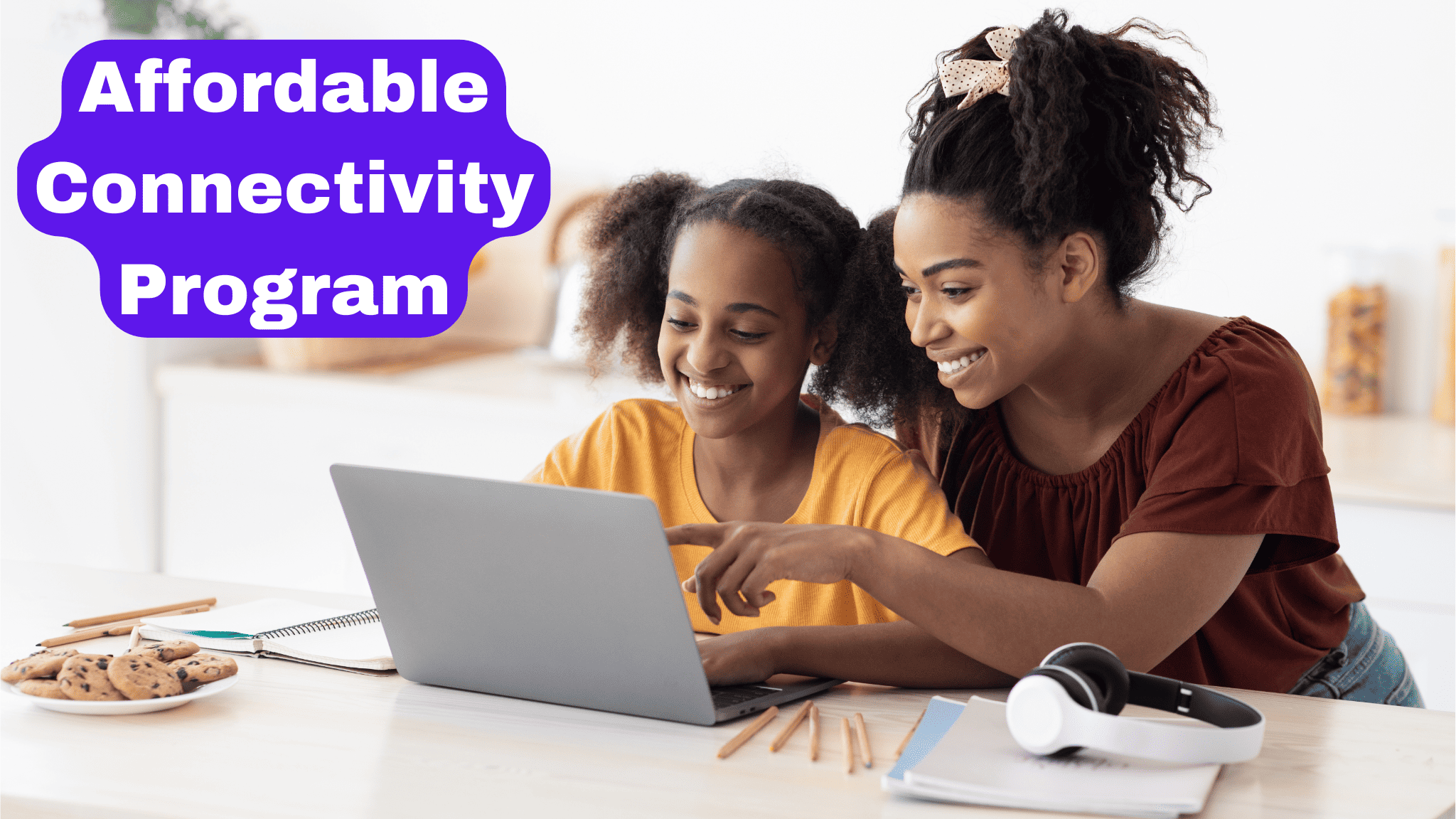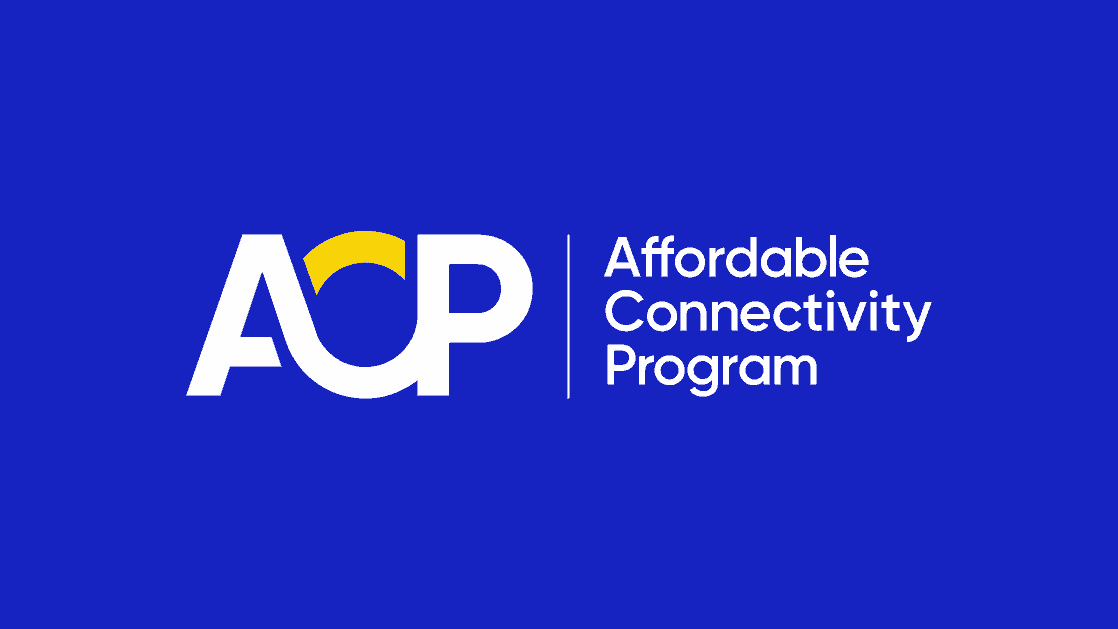What Is the Affordable Connectivity Program?
This federal program helps low-income households stay connected in the modern world.

- The FCC established the ACP in an effort to address the digital divide between different regions of the United States.
- Qualifying for the ACP is based on income criteria (you cannot exceed 200 percent of the federal poverty level) or previous admission to assistance-based programs.
- While funding for the program is scheduled to run out in 2024, many experts are hopeful it will receive additional funding to keep it going.
Much like the evolution of landlines to cell phones, having a reliable internet connection is as essential to a home as kitchen appliances. Despite being necessary for communication and daily tasks like paying bills, accessing the internet is not always affordable. To ensure inclusivity among home internet connections, the Affordable Connectivity Program (ACP) was established, allowing individuals and families to access the internet, regardless of their economic standing. In this guide, we’ll explain everything you need to know about this federal program.
What Is the ACP?

The program’s key component provides a discount on monthly broadband service for eligible households. This discount makes internet access with participating service providers more affordable and within reach for those who previously found it financially challenging. Eligible households can receive a discount of up to $30 per month for internet service, and households on qualifying Tribal lands may receive a discount of up to $75 per month.
ACP Eligibility Requirements
Qualifying families eligible for the ACP discount may have to provide appropriate documentation to prove their necessity. Households must not have an income that exceeds 200 percent of the federal poverty level to be eligible for the ACP. Participants in government assistance programs or who receive other forms of government assistance also meet the qualifications of the ACP. Here are some of the programs that enable you to access ACP benefits:
- Medicaid
- SNAP
- WIC
- Free and Reduced-Price School Lunch or Breakfast Program
- Supplemental Security Income (SSI)
- Veterans Pension or Survivor Benefits
- Lifeline
- Federal Housing Assistance, which includes:
- Public Housing
- Housing Choice Voucher (HCV) Program (Section 8 Vouchers)
- Project-Based Rental Assistance (PBRA)/Section 202/ Section 811
- Affordable Housing Programs for American Indians, Alaska Natives or Native Hawaiians
For individuals living on Tribal lands, participation in the following programs serves as a qualifier to the ACP:
- Bureau of Indian Affairs General Assistance
- Food Distribution Program on Indian Reservations
- Tribal Head Start
- Tribal TANF
Did You Know? The BroadbandNow Affordable Connectivity Program study discovered that only 29 percent of qualifying households are taking advantage of the program. This statistic means that nearly 48 million households are missing out on a $30 monthly broadband discount.
How to Apply for the Affordable Connectivity Program
Applying for the ACP is a simple process:
- Navigate to GetInternet.gov.
- You can choose to apply online or print out the forms to apply:
- Online application: Create an account and provide an identification number. Your Social Security number is typically the quickest form of verification.
- Print forms: Fill out the forms and include a copy of your identification upon submission.
- Next, you will contact your service provider and select a service plan to receive the benefit. Some internet service providers will require further documentation, which will vary based on the provider.
It’s important to note that completing both steps is required to receive the benefit. Performing only one task will not be sufficient to start receiving the discounted internet service.
Internet Providers Participating in the ACP
Most internet service providers participate in the ACP, but a select few do not. Popular providers such as AT&T, Spectrum, T-Mobile, Verizon, and Xfinity are among those that participate, but this may vary by location. To see if your provider participates or to locate providers in your area that do, review the comprehensive list of providers outlined by the FCC.
How to Choose a Qualifying Internet Provider
Knowing how to choose an internet provider is essential for getting the best deal. If you’re comfortable keeping your current provider, contact it to inquire about its participation in the ACP or if it has any specific plans that align with the program. Depending on your location, you may have only one option for an internet service provider. However, if you have choices, begin by exploring customer reviews to gauge the reliability and quality of service potential providers provide.
The ACP is often available only on specific plans, so that’s also worth exploring, as some providers may offer better services than others. This will largely depend on your area. Some providers may offer additional perks or discounts beyond those mandated by the ACP, so it’s worth comparing the offerings to make an informed decision.
The Future of the Affordable Connectivity Program
The ACP began as a sustained, long-term commitment. The government has allocated a substantial $14 billion to support this initiative, though that is expected to run out in 2024. Additional funding for the program is possible, and as of now, there is no specified end date for its duration. We will keep you updated on any changes to the Affordable Connectivity Program as it evolves.
Frequently Asked Questions About the Affordable Connectivity Program
What income is used for the ACP?
When determining whether a household qualifies for the ACP, the income threshold is based on the household’s gross income before taxes and deductions.
Does the ACP affect your taxes?
The ACP operates as a subsidy program, providing monthly discounts on broadband bills for eligible households. These discounts are not subject to taxation and are intended to alleviate the financial burden of internet access for qualifying individuals and families without any associated tax implications.
What is the government program that gives you free internet?
Lifeline is also a low-income internet program the FCC offers, providing an internet connection at a reduced or no cost. Households must earn 135% or less than the federal poverty level to qualify.
What’s the difference between Lifeline and the ACP?
The focus and scope of Lifeline and the ACP differ slightly. Lifeline is a long-standing federal program that aims to provide a discount on monthly telephone service, including voice and broadband, for low-income households. The program acknowledges the importance of basic communication services and primarily addresses phone services. On the other hand, the ACP specifically aims to provide affordable access to broadband services. While both programs contribute to bridging the digital divide, Lifeline has a broader utility focus, whereas the ACP is more specialized in making broadband services affordable.
Can I use the ACP for my phone and internet at the same time?
The main objective of the ACP is to increase the accessibility of broadband services, so it does not directly cover phone services. However, if your internet and phone services are provided as a bundled package, you may still receive the ACP discount on the broadband portion of your bill. If you need help with discounted phone service, you might consider exploring the Lifeline program, which is specifically designed to help low-income households access affordable phone service.